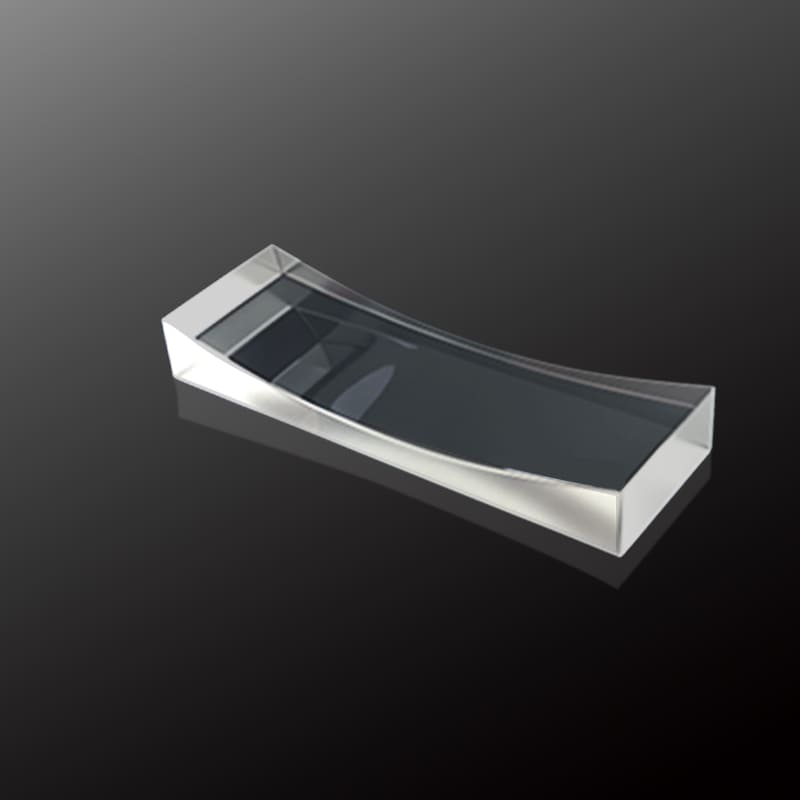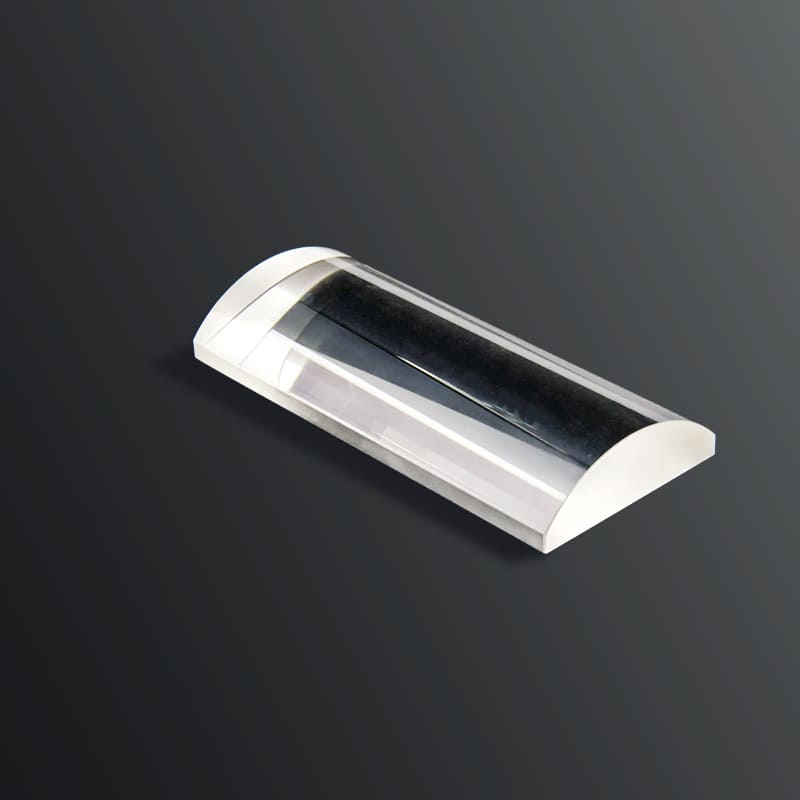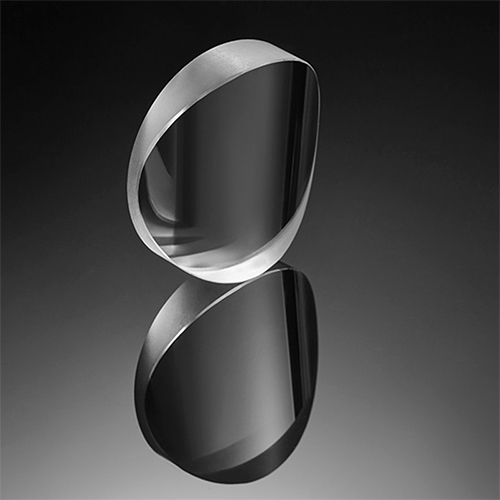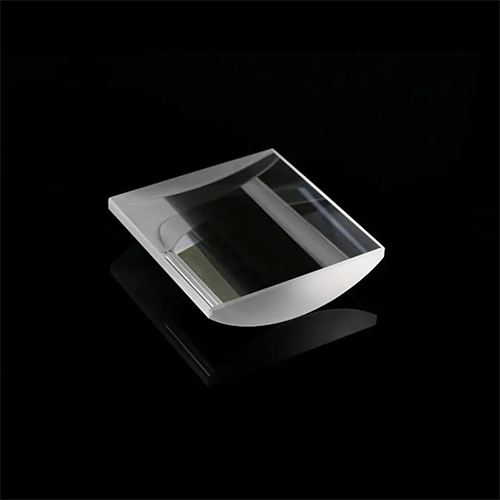The cross-section of a cylindrical lens is a cylindrical shape with two arcs or one arc and one line. Cylindrical lenses have different radii on the X and Y axes, therefore they have a cylindrical or semi cylindrical shape. So what are the imaging characteristics of cylindrical lenses?
Linear imaging
When light passes through a cylindrical lens, it will focus into a line in the direction perpendicular to the lens axis, forming a linear image. In the direction parallel to the axis of the lens, the light does not refract and remains in its original parallel state.
Maintain original shape: In the horizontal direction, since the light rays do not refract, the shape of the object remains unchanged in the horizontal direction after passing through a cylindrical lens.
Focal length characteristics
In the direction perpendicular to the axis of the lens, a cylindrical lens has a clear focal length, and light will focus on the focal point in that direction. However, in the direction parallel to the axis of the lens, there is no clear focal length due to the absence of refraction of the light.
Astigmatism correction
In some cases, it can be used to correct astigmatism. Astigmatism is a common optical aberration that causes blurring of an image in a plane perpendicular to the optical axis. By using cylindrical lenses, this aberration can be corrected to a certain extent and the clarity of the image can be improved.
Widely applicable
In laser systems, cylindrical lenses can be used to guide or focus linear beams of light; In medical imaging, cylindrical lenses can be used to adjust the clarity of images; In glasses manufacturing, cylindrical lenses can be used to correct vision problems such as astigmatism.
The above is an answer to the imaging characteristics of cylindrical lenses. We hope it is helpful to you. If you have any questions, please feel free to consult online or leave a message.










